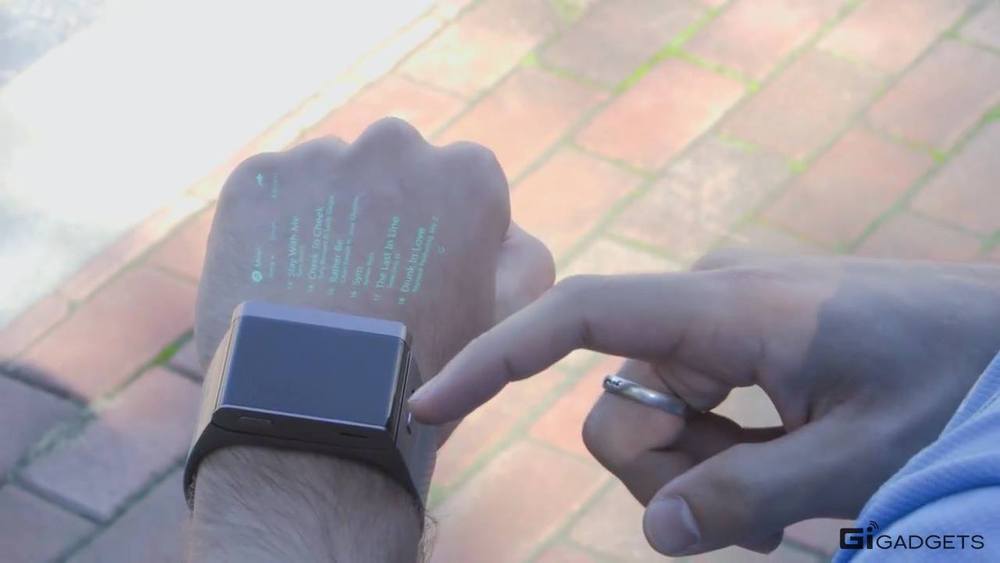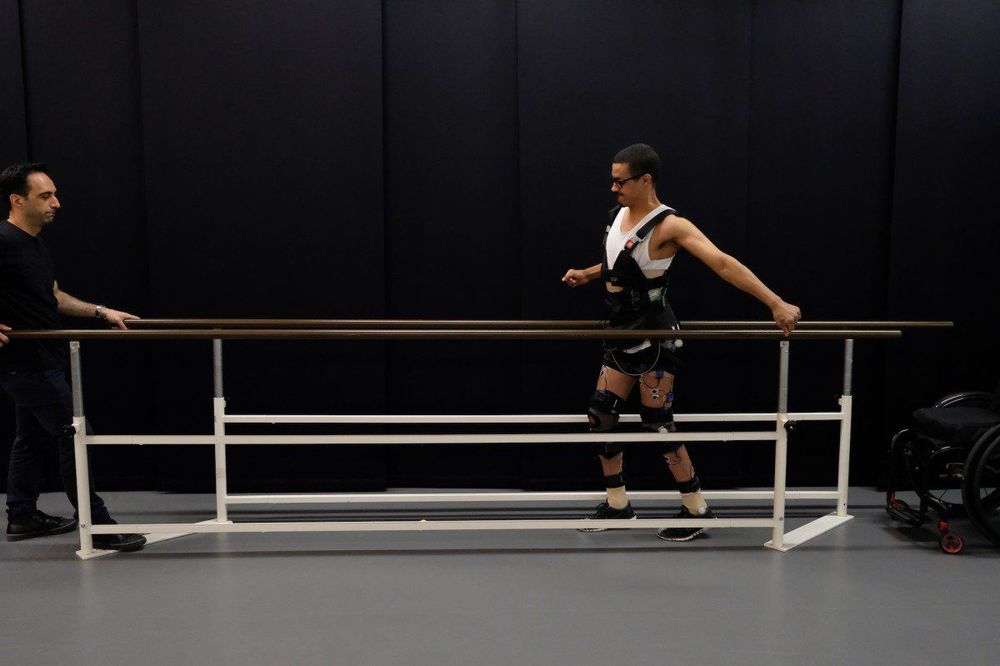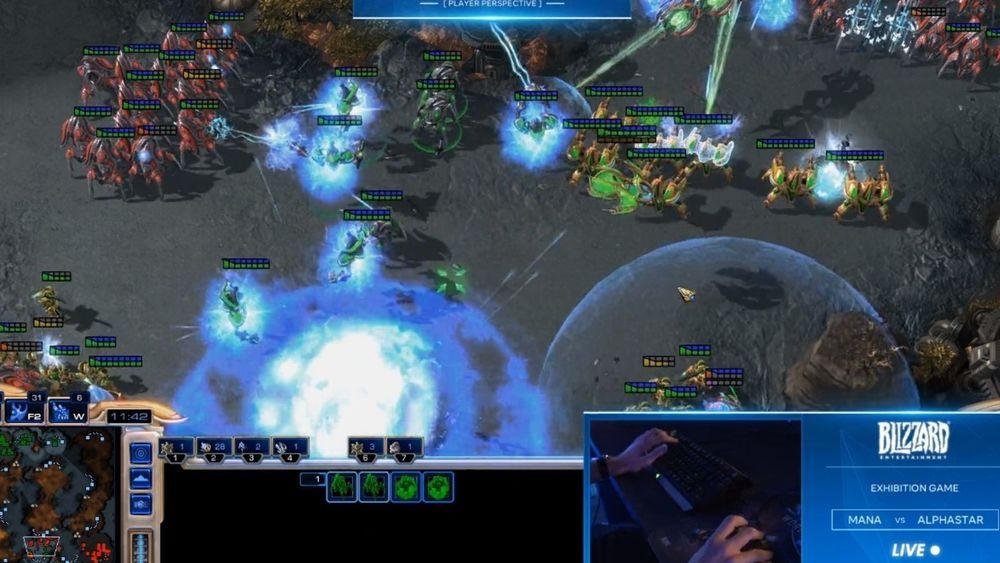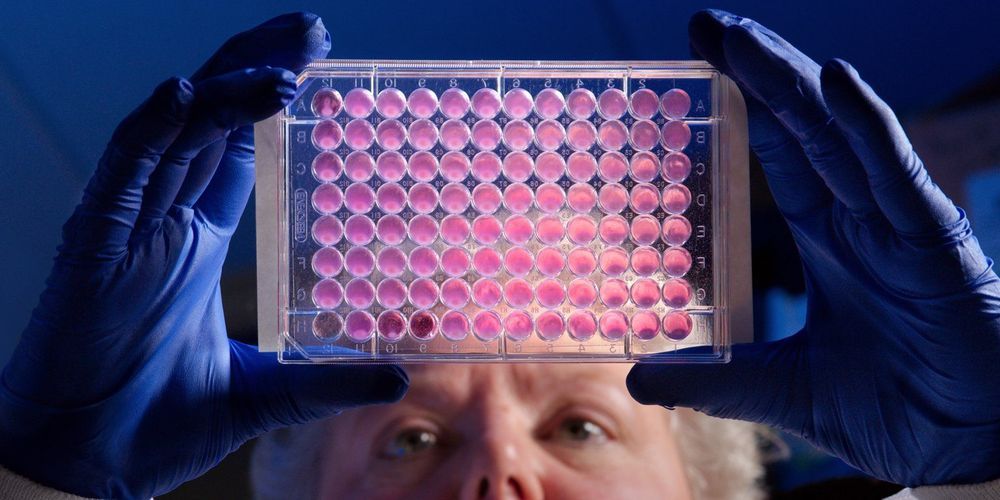Page 8182
Jan 24, 2019
New Hubble view is ‘deepest image of the universe from space’
Posted by Michael Lance in category: space
The space telescope run by NASA and ESA once again delivers a wondrous look at the cosmos.
- by
-
Amanda Kooser
Jan 24, 2019
Complete Axolotl Genome Could Pave the Way Toward Human Tissue Regeneration
Posted by Paul Battista in categories: biotech/medical, business, habitats, neuroscience
The adorable and enigmatic axolotl is capable of regenerating many different body parts, including limbs, organs, and even portions of its brain. Scientists hope that a deeper understanding of these extraordinary abilities could help make this kind of tissue regeneration possible for humans. With news today of the first complete axolotl genome, researchers can now finally get down to the business of unraveling these mysteries.
Axolotls are tiny aquatic salamanders whose only native habitat is a lake near Mexico City. Many animals, such as frogs, sea stars, and flatworms, are capable of tissue regeneration, but the axolotl is unique in that it can regenerate many different body parts over the course of its entire life cycle, including limbs, tail, heart, lungs, eyes, spinal cord, and up to half of its brain.
Jan 24, 2019
Teaching human cells to clean house to delay aging and fight neurodegeneration
Posted by Paul Battista in categories: biotech/medical, education, life extension, neuroscience, sustainability
Monash researchers have unlocked a key process in all human cells that contributes to diseases like cancer and neurodegenerative diseases as well as ageing. The discovery reveals how cells efficiently get rid of cellular junk, which when it accumulates, can trigger death and the health problems associated with getting older.
Autophagy is the ‘clean-up crew’ of the cell—used by cells to break-down debris like broken proteins, bits of cell membrane, viruses or bacteria. To capture this trash, cells use specialised membranes to trap the cargo for recycling into new parts and energy. Without efficient autophagy cells become choked by their own damaged components, which can contribute to the development of a range of diseases, including diabetes, muscular dystrophy, Parkinson’s and Alzheimer’s disease.
Dr. Michael Lazarou’s laboratory from the Monash Biomedicine Discovery Institute have today published data in Nature Communications that debunks previously held beliefs about how cells target their trash. Cells target different types of cargo by using ‘autophagy receptors’, which can bind the cargo as well as the ensnaring membranes. Until recently these autophagy receptors were thought to recruit the membranes to the cargo, but research led by Dr. Benjamin Padman from the Lazarou lab now shows that this is not the case.
Continue reading “Teaching human cells to clean house to delay aging and fight neurodegeneration” »
Jan 24, 2019
Three paralyzed men have walked again after receiving electric jolts to the spine
Posted by Paul Battista in categories: biotech/medical, innovation
Three men with severe spinal cord injuries have walked for the first time in years after receiving targeted electrical stimulation of the spinal cord.
Breakthrough: Spinal cord injuries can severely reduce a person’s range of motion or lead to complete leg paralysis. In two new papers published in Nature and Nature Neuroscience, researchers describe implanting electrical stimulators into the damaged spinal cords of three men who all had partial or complete lower-leg paralysis. The stimulators then delivered targeted electric pulses in time with the patients’ walking gait.
The patients wore a series of sensors on their legs and feet that wirelessly communicated to the stimulators as they began to walk. Within a week, the men were able to leave the treadmill and walk on the ground with continued electrical stimulation. After a few months, they regained the ability to walk without any electrical stimulation at all.
Jan 24, 2019
Steve Perry presents GDF11 with an Age Reversal update
Posted by Paul Battista in categories: biotech/medical, life extension

GDF11 is an endogenous (meaning it’s natural, and you have it in you) signaling molecule whose primary mechanism of action is stem cell DNA repair. Most of the aging is likely caused by the atrophy of your stem cell populations due to declining GDF11 levels, and many believe this is natural selection’s way of programming lifespan. Fortunately, adding exogenous GDF11 can generally repair enough of senescent stem cells to reverse your age 5 to 10 years.
Steve will take some time providing information on the topic and answering questions.
Continue reading “Steve Perry presents GDF11 with an Age Reversal update” »
Jan 24, 2019
Google’s DeepMind AI Just Beat Two Pros At StarCraft II
Posted by Sean Cusack in categories: economics, robotics/AI
“Human players must explicitly manage an ‘economy of attention’ to decide where to focus the camera,” said the DeepMind team. “However, analysis of AlphaStar’s games suggests that it manages an implicit focus of attention. On average, agents ‘switched context’ about 30 times per minute,” the team wrote, which was similar to Komincz’s and Wünsch’s behaviors.
Ultimately, the DeepMind team concluded that AlphaStar won against both pros because of “superior macro and micro-strategic decision-making, rather than superior click-rate, faster reaction times, or the raw interface.”
Jan 24, 2019
Blue Origin wants to launch a person into space by the end of this year
Posted by Genevieve Klien in category: space travel
The company owned by Jeff Bezos is also expected to launch tickets sales later this year for space tourism flights.
Jan 24, 2019
Neuroscientists May Finally Know Whether the Adult Brain Can Grow New Cells
Posted by Genevieve Klien in category: neuroscience
In the new paper, Jason Snyder, Ph.D., a University of British Columbia behavioral neuroscientist, argues that if you take a close look at all the studies on animals from mice to humans, the facts are quite clear: Animals probably don’t develop significant amounts of new brain cells as we enter adulthood. There’s still hope for some neurogenesis, but not a huge amount.
“In some respects, it’s just one of the things that humanity has always hoped for — staying young,” he tells Inverse. “So I think it’s been disconcerting that there might not be as many of these young cells that are malleable, that are adaptive, that are capable of learning earlier in life. Of course we want those things to be there, but I think that introduces some bias.”
To be clear, Snyder doesn’t argue that the field is biased. Instead, his argument is based on the analysis of past studies that have looked into this topic in humans, primates, and mice. There he admits that there’s been some confusion — some studies seem to show that the brain can continue to develop new cells later in life, while others show that it can’t. Specifically, he says that it’s been hard to let go of the idea of neurogenesis because of the results of animal studies (many on mice) “demonstrating persistent neurogenesis throughout life.”
Continue reading “Neuroscientists May Finally Know Whether the Adult Brain Can Grow New Cells” »
Jan 24, 2019
Drug companies are teaching old drugs new tricks, and it could upend how we find new treatments for superbugs and a devastating lung disease
Posted by Genevieve Klien in categories: biotech/medical, education
- In an age where innovative technologies like gene and cell therapy are transforming how we think about medical treatments, some CEOs are wondering what’s being left on the table.
- Business Insider spoke to three companies developing new uses for old drugs, and they told us now might be a good time to rethink what we consider innovation.
- Simply changing how drugs are dosed or delivered could open up the doors to more uses for existing medications in tough-to-treat conditions like female sexual arousal dysfunction or antibiotic-resistant infections.
The key to tackling hard-to-treat diseases could have less to do with flashy new technologies than with finding new uses for old drugs.
A range of smaller drugmakers are exploring the back catalogs of big pharma companies to discover old drugs that could be used in new ways, they told Business Insider. They’re seeking treatments for conditions including a rare lung disease, antibiotic-resistant infections, and female sexual arousal disorder. Along the way, they’re seeking to redefine what we think of as medical innovation.

















